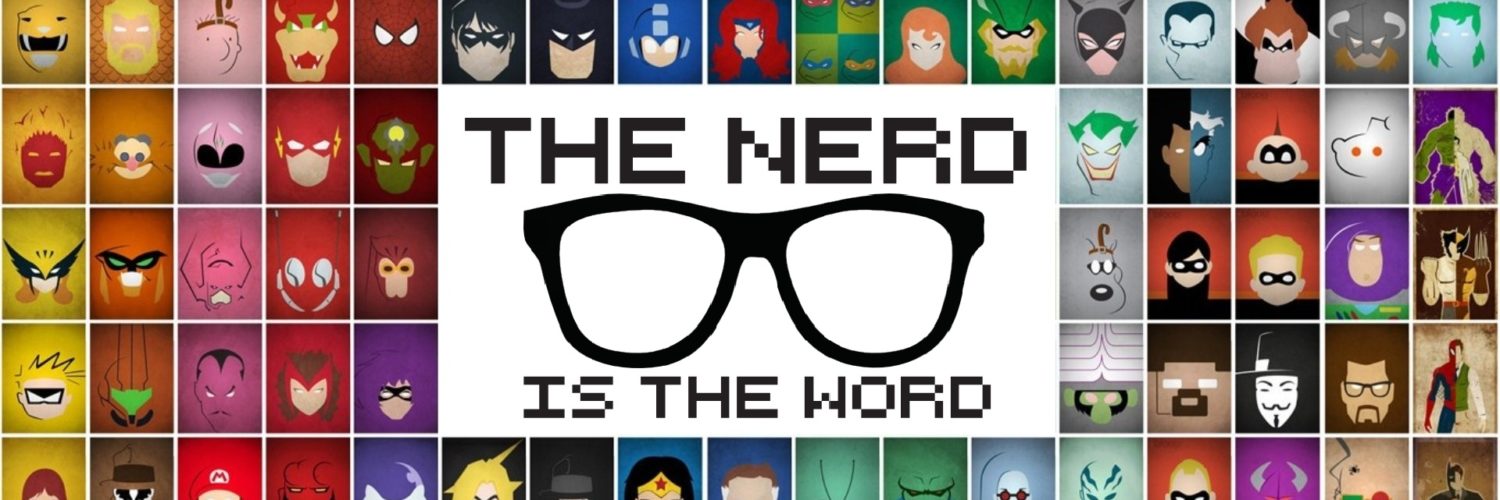
There’s Been A Lot of Hate For Olaf’s Frozen Adventure, But You Have To Admire The Job It’s Done
So Coco has been kicking some ass. Since debuting during American Thanksgiving with nearly 73 million domestic dollars, it’s been perched on top of the box office food chain after easily dethroning Justice League. Armed with a parade of positive reviews and great word of mouth, Coco has been North America’s reigning box office champ for the past few weeks and is poised to dominate it until The Last Jedi hits theatres December 15th.
But things didn’t always look this rosy for Disney-Pixar’s latest hit.
Video: Walt Disney Animation Studios
Donald Trump’s shocking presidential win last November sent shockwaves through Western popular culture and Hollywood in particular. Trump’s rhetoric and stance on immigration attracted the support of the alt-right, white nationalists and even the KKK, leaving artists, entertainers and content creators to wonder if this represented a shift in popular tastes and American tolerance.
The writing may have been on the wall that things were changing and diversity was becoming a four letter word even before last November. When Coca-Cola ran an ad featuring the American national anthem sung in a number of different languages during the 2014 Super Bowl, a huge backlash and threats of a boycott followed. It’s a pattern we seem to see every year with Super Bowl commercials (which have become more popular than the actual game). This year Budweiser found itself staring down the barrel of the anti-immigration crowd crowd, who threatened a boycott in retaliation over their ad depicting Adolphus Busch overcoming hostility towards German immigrants to help found the company.
Last November’s election had to concern Disney more than a little since they had already staked out this Thanksgiving for the release of Pixar’s Coco, a celebration of Mexican culture. After Trump’s promise to build a wall along the Mexican-American border was so passionately embraced by so much of the American electorate, Disney had to be wondering what kind of reception an animated movie taking place in the Mexican afterlife could look forward to?
More importantly, what kind of return could Disney be looking at on a near two hundred million dollar investment?
Enter Frozen.
Originally planned to air on ABC during Christmas, Disney chose to insert Olaf’s Frozen Adventure in front of Coco instead of a traditional Pixar short. And while Coco may celebrate and embrace diverse cultures, Frozen is about as white as you can get. It’s also the most lucrative animated franchise in the world. It still reigns supreme as the highest grossing animated movie of all time and several years after it’s release it still sells around a billion dollars worth of merchandise world wide. It’s sequel is already one of the most anticipated movies of 2019 (also planned as a Thanksgiving release).
Make no mistake, Olaf’s Frozen Adventure (where Olaf sets out to collect Christmas traditions for Anna and Elsa when they realize they have none of their own) has been getting plenty of hate (seriously, a LOT of hate). But the pitch fork and torch crowd seem to have forgotten that it’s essentially a Christmas cartoon aimed at 8 year olds. And it worked.
The adults who have been throwing shade at Olaf fail to understand that it served it purpose. It would be interesting to se how many families had no intention of seeing Coco had it not been for their kids insisting on seeing the new Frozen short that preceded it. And then were pleasantly surprised and delighted by the movie that followed.
Yes, Coco has been doing very well and it’s nearly impossible to find a genuinely negative word about it, but it wont exactly be a blockbuster. While it has been a smash in Mexico, has surprisingly been embraced by Chinese audiences and will likely outperform Cars 3 (Pixar’s previous effort this year), it probably won’t break the 200 million mark in North America (despite deserving to).
But having said all that, it would be interesting to see how many butts found their way into paying seats so their kids could see Olaf learn how horrible fruit cake is. Would Coco have grossed less without Olaf? If so, how much? This isn’t the first time Disney used Frozen to lend a hand to another film. It ran a Frozen short in front of it’s live action Cinderella back in 2015 (funny, we didn’t hear any belly aching about that) and you can bet that added to Cinderella’s bottom line.
Disney is pulling Olaf’s Frozen Adventure from Coco this weekend (but you can bet that it will still find its way onto TV before Santa begins loading his sleigh) but it has done its job. And you can bet that Coco will still hold the top spot this weekend (its third in a row) and already has its sights set on the Oscar for best animated feature. Disney was able to combine two of their most successful brands (Frozen was a product of their in-house animation company) to help Coco overcome the racial stigma that last November thrust into America’s political light.


